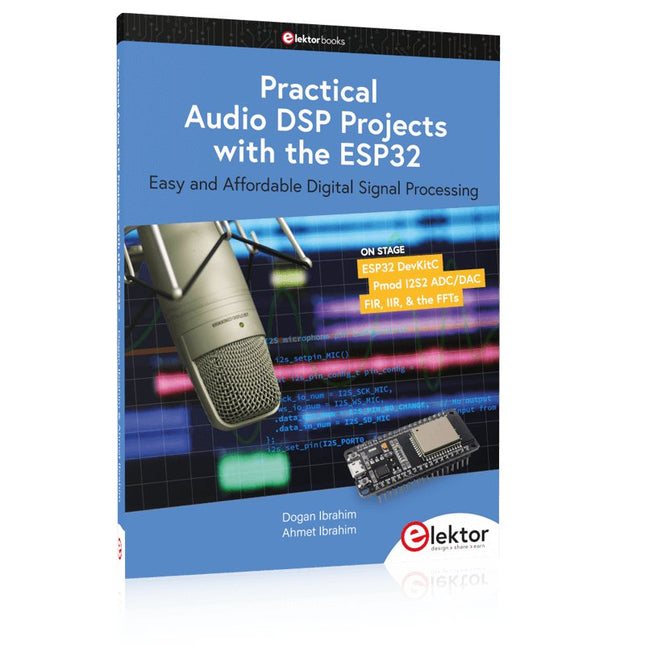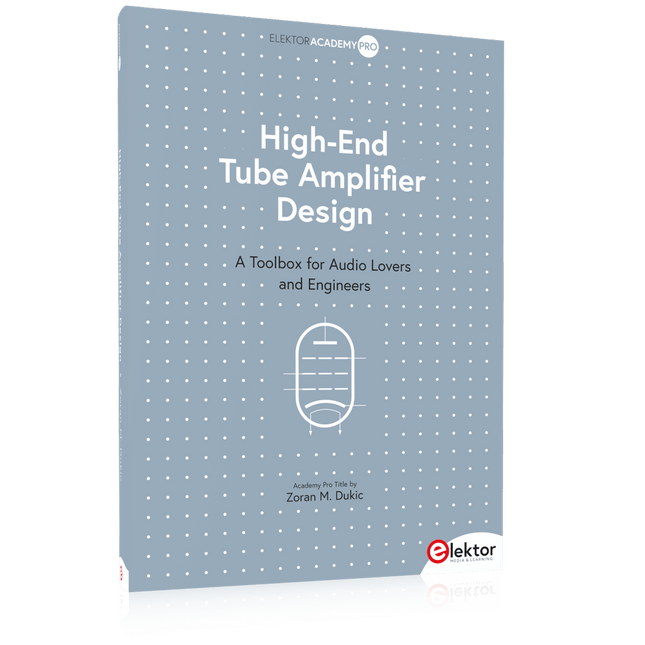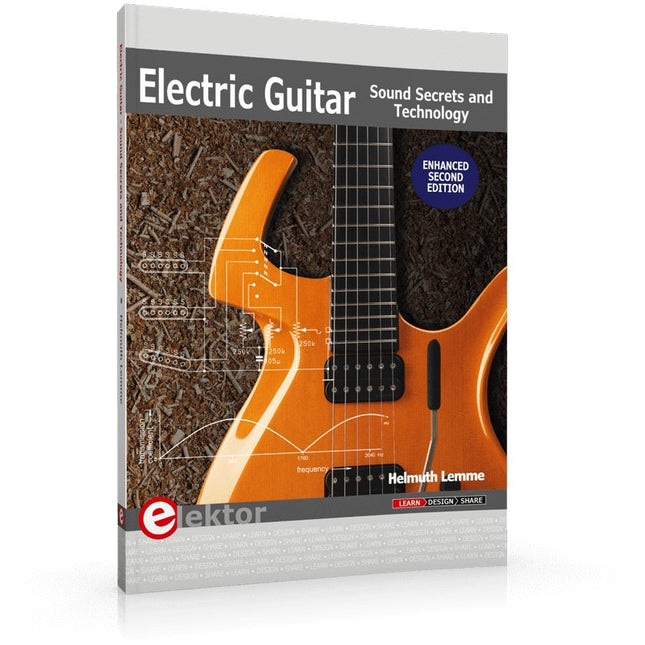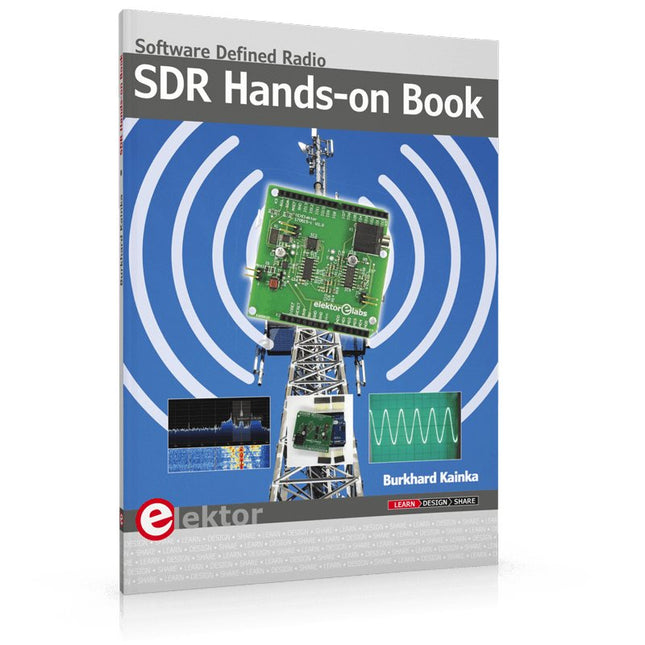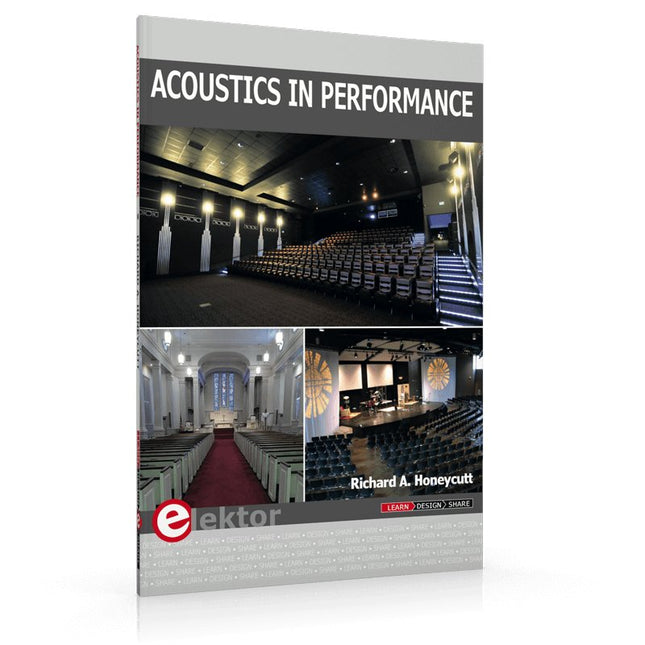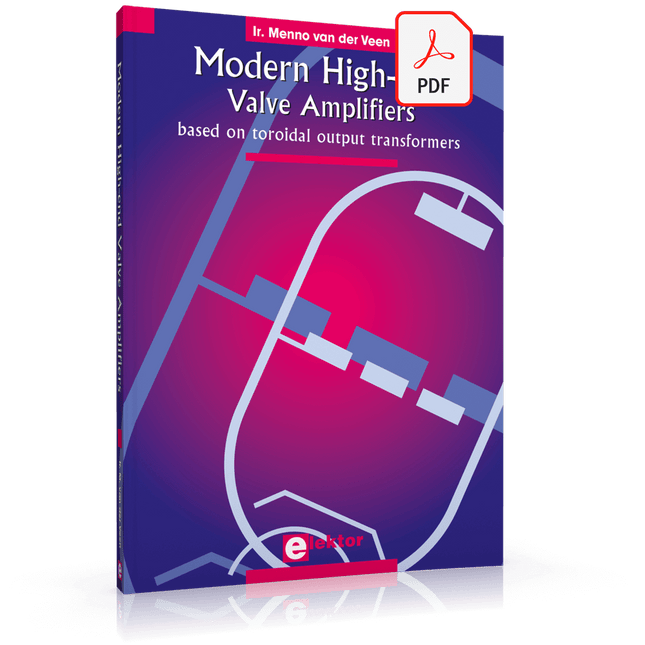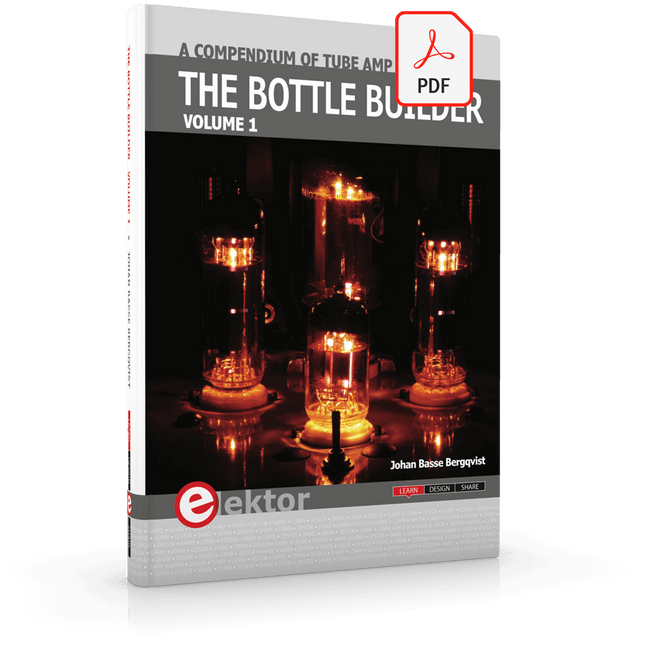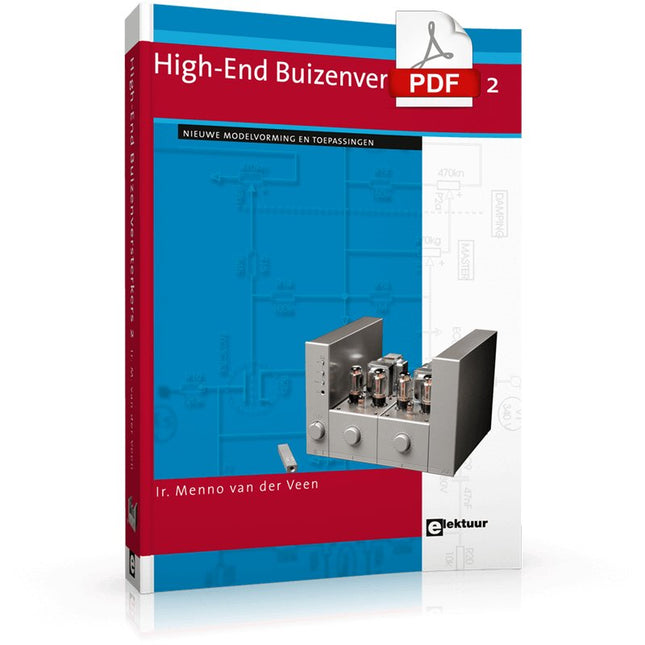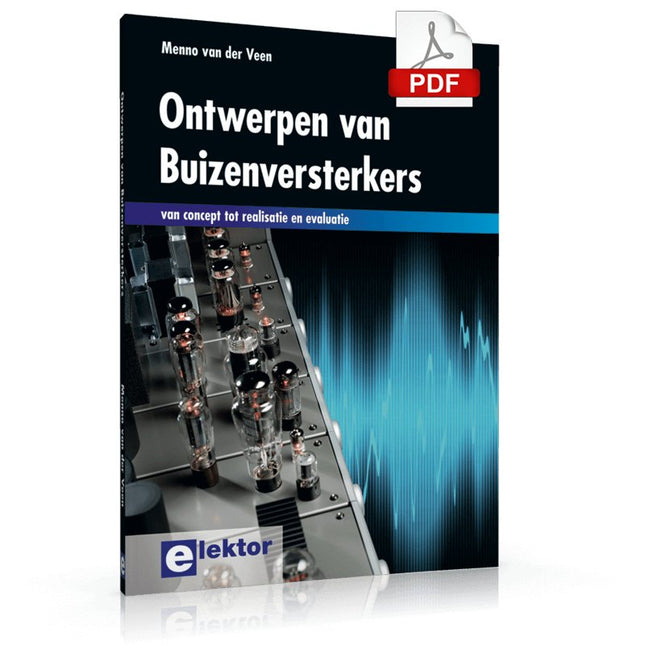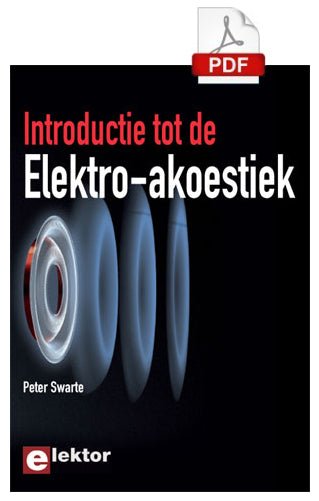Wat is RF? Waar wordt RF voor gebruikt?
Elektromagnetische velden, radiogolven, microgolven, en draadloze signalen worden radiofrequente (RF) energie genoemd. RF stromen zijn elektrische stromen die oscilleren op radiofrequenties en hebben unieke kenmerken. RF energie is overal om ons heen, en RF wordt gebruikt in allerlei elektronica en apparaten, waaronder radio- en televisie-uitzendingen, mobiele telefoons, satellietcommunicatie, microgolfovens, radars, en industriële verwarming en sealers. Dit zijn maar enkele voorbeelden.
Wat is software-defined radio (SDR), en wat kun je met SDR doen?
In het algemeen wordt een elektrisch signaal opgewekt door hardware componenten. Het is tamelijk ingewikkeld om signalen met hardware te bewerken en het heeft beperkingen om problemen op te verhelpen. Met software-defined radio (SDR) vindt de RF communicatie plaats met behulp van software, wat de beperkingen van de signaalbewerking met hardware vereenvoudigd. In plaats van mixers, filters, versterkers, modulatoren, demodulatoren, enzovoort te moeten gebruiken, gebruikt SDR alleen een ADC en DAC, samen met antennes, zonder dat veel hardware componenten nodig zijn.
De software voor SDR kan op een personal computer of een embedded systeem gebruikt worden, en biedt een meer flexibele toepassing en maakt het gemakkelijk om problemen te verhelpen. SDR wordt gebruikt in omroep- en amateurradio, radioastronomie, het volgen van vliegtuigen en het bouwen van een GSM netwerk, en nog veel meer toepassingen. Het is een goede keuze voor veel leuke projecten.RTL-SDR is een betaalbare USB radio die gebruikt wordt om live radio uitzendingen vanaf een computer te ontvangen. Door zijn populariteit profiteren gebruikers van een grotere verscheidenheid aan radiosignalen die nog maar een paar jaar geleden honderden of duizenden euro's zouden hebben gekost.
Wat heeft Elektor te bieden?
Elektor biedt een verscheidenheid aan RF- en SDR-gerelateerde kits, zoals de Elektor Raspberry Pi RTL-SDR Kit, waarmee je radiosignalen tussen 500kHz en 1,75GHz kunt ontvangen van stations die gebruik maken van verschillende banden, waaronder MW/SW/LW omroep, ISM, CB, ham radio, utility, en meer. Bovendien levert Elektor zijn klanten telescopische antennes\ en magnetisch te monteren antennes, en nog veel meer. Blader door onze lijst om een passende oplossing voor je te vinden.Wat brengt de toekomst voor SDR?
De populariteit van SDR oplossingen neemt toe sinds de wijdverspreide beschikbaarheid van 4G apparatuur. De vooruitzichten van komende technologieën 5G, het Internet of Things (IoT), en sensornetwerken beloven SDR nog meer te stimuleren. SDR's worden gemaakt met krachtigere FPGA's, en deze toepassingen zijn bedoeld voor steeds complexere taken. Als gevolg daarvan zullen de FPGA tools die groeiende hoeveelheden gegevens en complexiteit kunnen beheren onvermijdelijk aan populariteit winnen.
